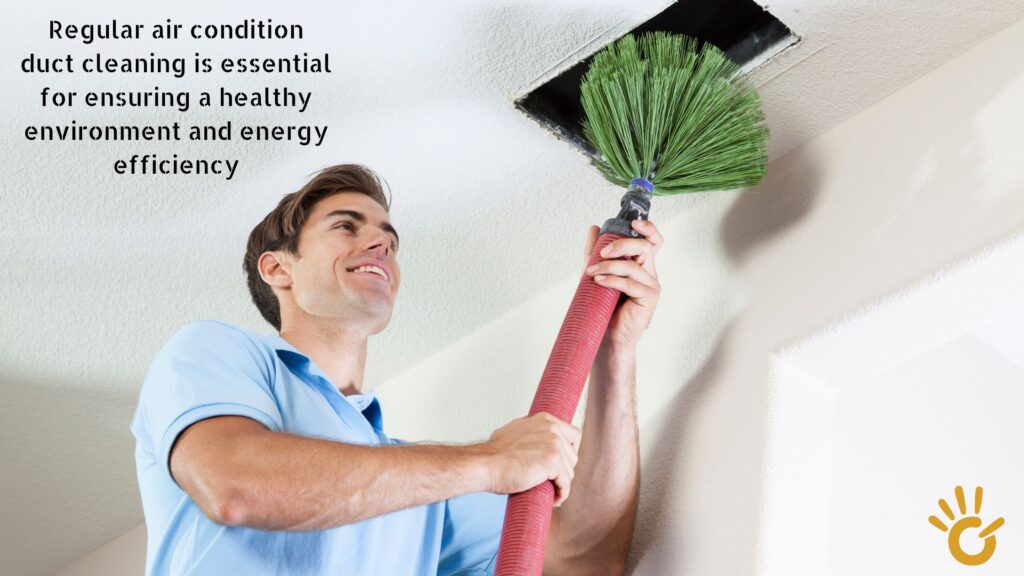Tenant Move-Out Inspections: Avoiding Disputes – Moving out of a rental property can be a stressful experience for both tenants and landlords. One of the most common sources of tension during this process is the return of the security deposit. Disputes often arise over the condition of the property and whether any damages exceed normal wear and tear. Conducting a thorough move-out inspection is crucial in avoiding misunderstandings and ensuring a fair outcome for both parties. This article outlines the importance of move-out inspections, the steps involved, and tips to prevent disputes over security deposits.
The Importance of Move-Out Inspections
A move-out inspection serves as a critical step in the rental process for several reasons:
- Clear Documentation: It provides a detailed record of the property’s condition at the time of move-out, which can be compared to the move-in inspection report.
- Transparency: Both tenants and landlords can openly discuss any damages or issues, reducing the likelihood of disputes.
- Legal Protection: Proper documentation can protect both parties in case of legal action regarding the security deposit.
- Financial Fairness: Ensures that tenants are only held responsible for damages beyond normal wear and tear, while landlords can claim legitimate repair costs.
Steps for a Successful Move-Out Inspection
1. Review the Lease Agreement
Before conducting the inspection, both parties should review the lease agreement. This document often outlines specific move-out procedures, cleaning requirements, and what constitutes normal wear and tear. Understanding these terms can help set clear expectations.
2. Conduct a Pre-Inspection Walkthrough
Some landlords offer a pre-inspection walkthrough a few weeks before the tenant moves out. This gives tenants an opportunity to address any potential issues before the final inspection, such as repairing minor damages or completing required cleaning.
3. Use a Checklist
A standardized checklist ensures that no area of the property is overlooked. The checklist should cover:
- Walls, ceilings, and floors
- Windows, doors, and locks
- Appliances and fixtures
- Plumbing and electrical systems
- Outdoor areas, if applicable
4. Take Photographic Evidence
Photographs provide visual proof of the property’s condition. Both parties should take date-stamped photos of each room, focusing on any damages or areas of concern. These images can be invaluable if disputes arise later.
5. Compare to the Move-In Report
The move-in inspection report serves as a baseline for evaluating the property’s condition. Comparing the move-out inspection findings to this initial report helps determine if any damages occurred during the tenancy.
6. Discuss Findings On-Site
If possible, both the tenant and landlord should be present during the inspection. This allows for immediate discussion of any issues, fostering transparency and mutual understanding.
7. Provide a Detailed Report
After the inspection, the landlord should provide the tenant with a written report outlining any damages and associated repair costs. This report should include:
- A description of each issue
- Estimated repair or cleaning costs
- Deductions from the security deposit
- Supporting photos, if applicable
Tenant Move-Out Inspections: Avoiding Disputes
Tips to Avoid Security Deposit Disputes
- Communicate Clearly: Maintain open communication throughout the rental period and especially during the move-out process.
- Document Everything: Keep records of all communications, receipts for repairs, and inspection reports.
- Understand Normal Wear and Tear: Tenants should be aware that minor scuffs, faded paint, and worn carpets are typically considered normal wear and tear and should not be deducted from the deposit.
- Return the Property Clean: Tenants should thoroughly clean the property, including appliances, bathrooms, and floors, to avoid cleaning fees.
- Address Repairs Promptly: Tenants should fix minor damages, such as nail holes or burnt-out light bulbs, before moving out.
- Follow Move-Out Procedures: Adhere to the guidelines outlined in the lease agreement to ensure a smooth process.
Conclusion- Tenant Move-Out Inspections: Avoiding Disputes
A thorough move-out inspection is essential in preventing disputes over security deposits. By following a structured process, maintaining clear communication, and documenting the property’s condition, both tenants and landlords can ensure a fair and transparent outcome. Proper preparation and understanding of responsibilities not only protect financial interests but also foster positive landlord-tenant relationships.



